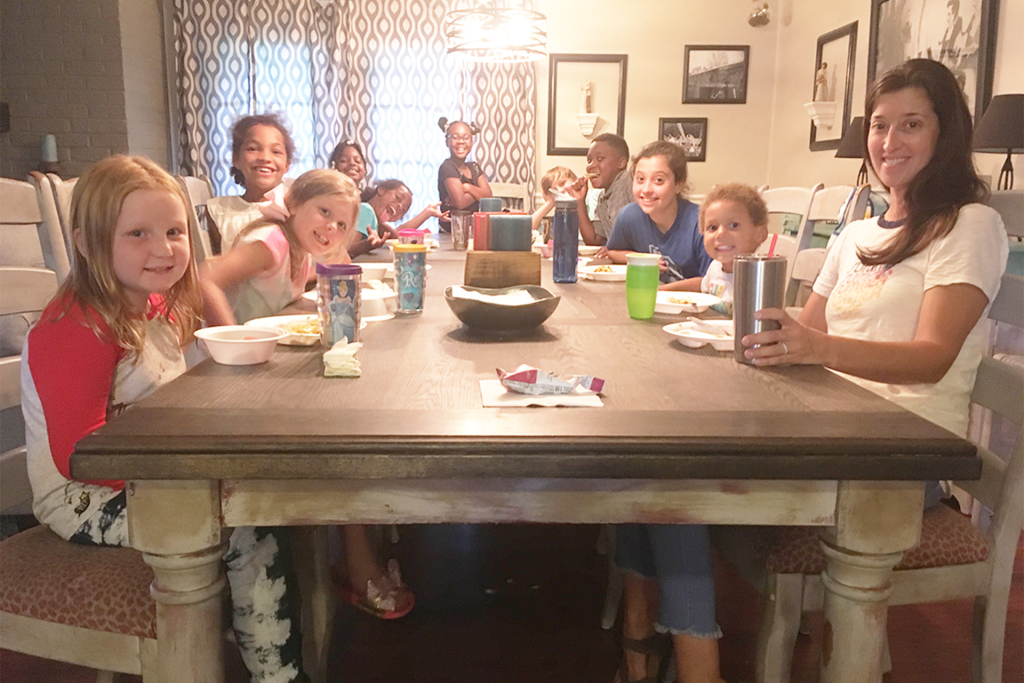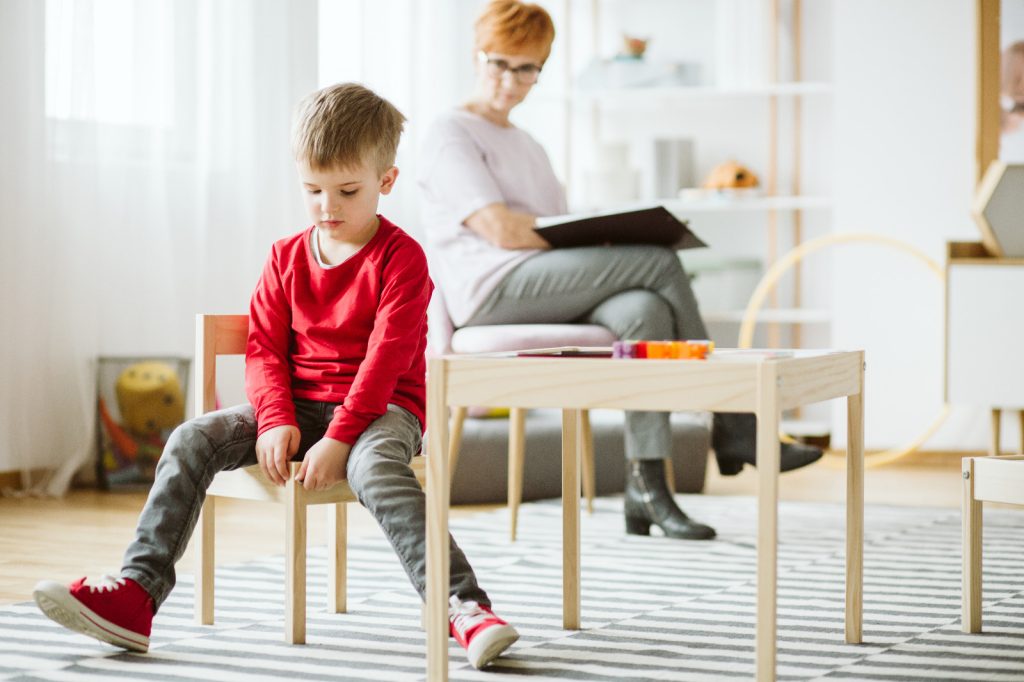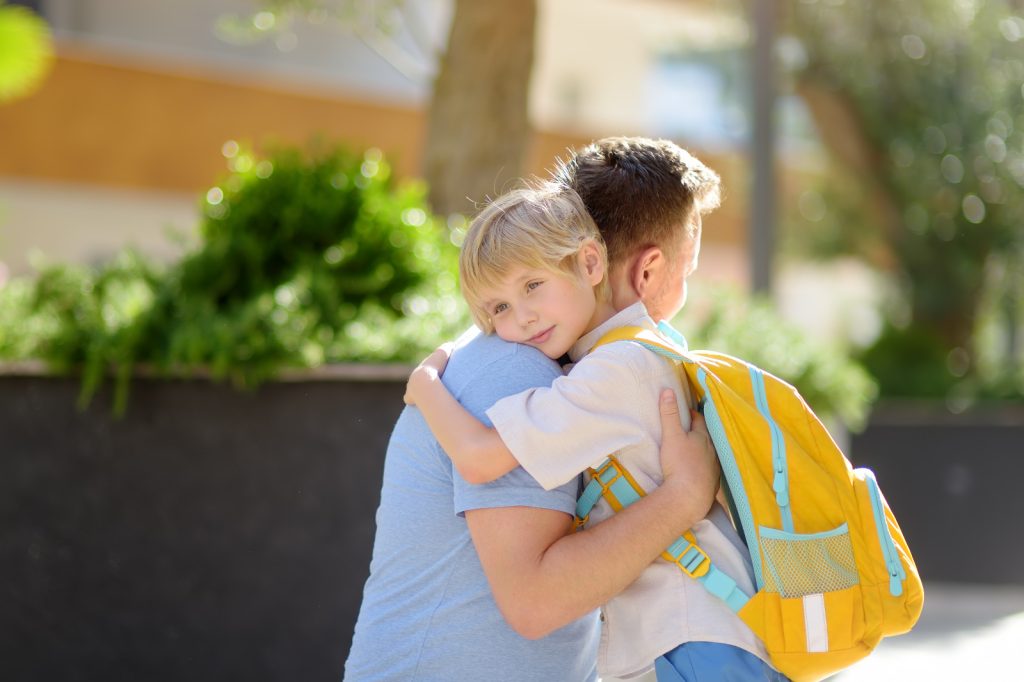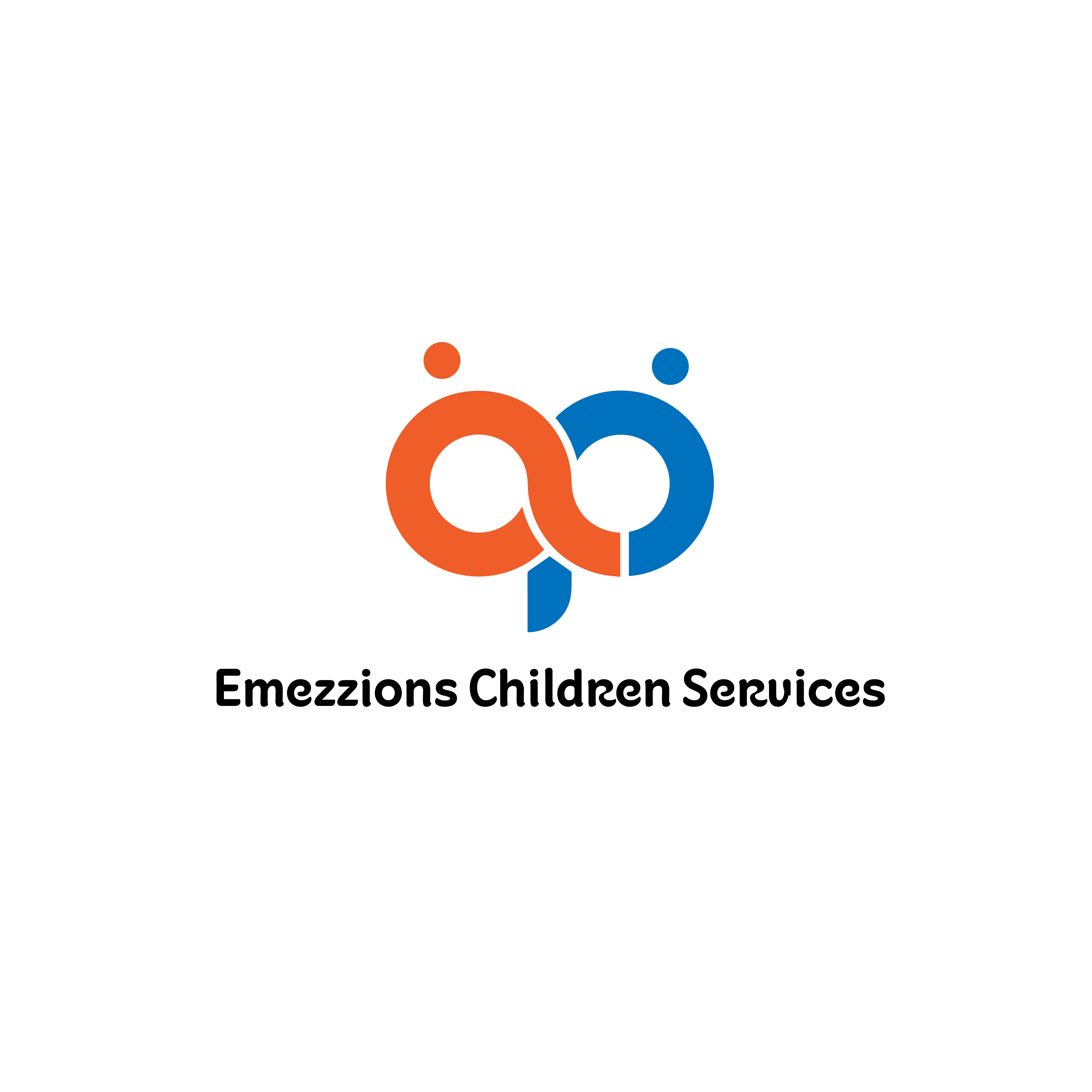Residential Children Homes
All Services
Quick Contact

Heart of Perfect Caring
Our residential children’s homes provide children and young people with the best suited living environment to meet their needs and ensure their personal development and happiness.
We are a trusted and expert resource, providing trauma-informed residential child care to support children and young people with challenging and complex behaviour. We aim to provide children and young people with the best living environment that meets their needs as we recognise this is an imperative part to their personal development and happiness. We provide a place of safety and stabilisation in a family like home environment which we pride ourselves in. Creating a safe residential environment for children and young people helps them to feel secure, develop regular routines and take part in daily activities such as education and therapeutic activities.
Who do we support?
It was in 1989 that we first welcomed girls and boys into our residential care, countering their experiences of abuse, neglect, trauma, and family and placement breakdowns, with home environments that bring a sense of calm, care and belonging.
We focus on creating opportunity for change. Our staff are trained in therapeutic communication styles, promoting well-being through a combination of authentic warmth and an authoritative parenting style. This approach has proved to be effective across a broad spectrum of needs.
Our residential care services include:
Residential Placements Team
Our Residential Placements Team is managed by leaders experienced in working within and managing residential children’s homes and providing care, and who have a sound understanding of placing and matching children and young people with a spectrum of needs and desired outcomes.
The team works closely and in an integrated way with our colleagues in Archers Project Education, Fostering and Assessment & Therapy services so that we can offer the best possible solution to referring authorities. We are pleased to support these authorities in identifying the best options for children and young people, whether in an emergency or as part of a planned transition.
Attachment & Trauma Informed Care
An Overview
Many of the children we look after have experienced repeated trauma in their lives – often at the hands of those they should have been able to trust – and as a result may face challenges in their attachments and relationships with others.
Our work is based on the scientific understanding of the impact of trauma and adversity and the effect that this can have on children’s lives. The ATIC model™ is used across the organisation to ensure we consider children’s lived experiences. It informs our:
- Policies and procedures.
- Language and practice.
- Maintenance of a healthy system and culture.
- Management of relationships at every level of the organisation, ensuring that these create safety and trust.
ATIC™ enhances the therapeutic nature of our service; it helps children process their past experiences and progress when they leave our care.
Attachment and Trauma-Informed Care™ is an organisation-wide model. Our staff practice a complementary, transparent, empowering, and collaborative approach at all levels, embedded through a series of training undertaken by all staff to ensure consistency.
All our staff complete our mandatory ProActive Approaches Behavioural Management training, which is based on knowledge of attachment and trauma. It promotes a culture of understanding and empathy, helping staff adopt a proactive mindset for possible challenging behaviour. It draws on contemporary research, developing our staff’s knowledge of:
- Behaviour that might challenge in the context of child development.
- The significant impact of childhood trauma and attachment.
- Functions of behaviour.
- Effective and practical de-escalation techniques, including help scripts.
- The legal context.


Furthermore, our clear and structured methodology supports staff members within our organisation to facilitate and maintain an environment that restores the level of consistency needed in an optimal relationally based practice for reversing the impacts of trauma, abuse, and neglect.
All staff also complete additional mandatory training throughout the year, such as first aid, recording and reporting, and complete other training to develop their skills and knowledge around children’s needs, such as self-harm, suicide awareness and ligature, county lines and autism.
Principles of the ATIC model™ are embedded into two pathways: one for children and the other for our staff and carers, which include multiple components.
The Child’s Pathway
The child’s pathway is specifically designed to harness what we know ‘works’ in assisting children to recover from the impacts of adversity, trauma, abuse, and neglect. This includes several interrelated elements, such as:
- Our targeted ATIC™ assessment process to track and monitor outcomes and to inform the therapeutic plan.
- The sensitive ATIC™ relational approaches used by staff.
- The psychotherapeutic approach used by the Assessment and Therapy team to address attachment, trauma, and dissociation.
The Staff and Carer Pathway
The staff and carer pathway is informed by some of the most current and relevant theories and approaches to certifying that our staff and carers are sufficiently equipped to provide healing relational care. This pathway offers a unique approach to developing and maintaining professional resiliency when working with traumatised children.
Outcomes as a result of the ATIC Model™
- Successful step down to foster care.
- Successful transition to mainstream education.
- Return home.
Attachment & Trauma-Informed Care (ATIC™) in our children’s homes.
All our residential children’s home adopt our model to understand a child or young person’s past and present, and determine the best level of care for the best possible future,
- Solo Living
- Group Living


The Staff and Carer Pathway
The staff and carer pathway is informed by some of the most current and relevant theories and approaches to certifying that our staff and carers are sufficiently equipped to provide healing relational care. This pathway offers a unique approach to developing and maintaining professional resiliency when working with traumatised children.
Outcomes as a result of the ATIC Model™
- Successful step down to foster care.
- Successful transition to mainstream education.
- Return home.
Attachment & Trauma-Informed Care (ATIC™) in our children’s homes.
All our residential children’s home adopt our model to understand a child or young person’s past and present, and determine the best level of care for the best possible future,
- Solo Living
- Group Living



